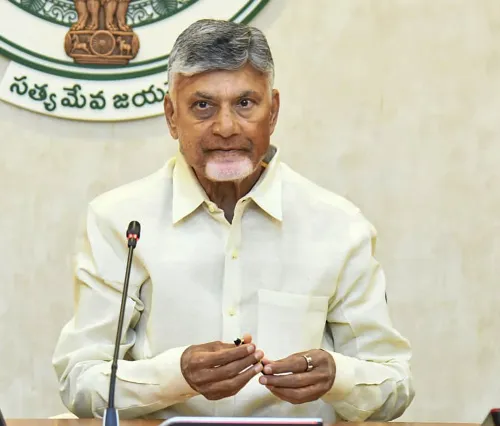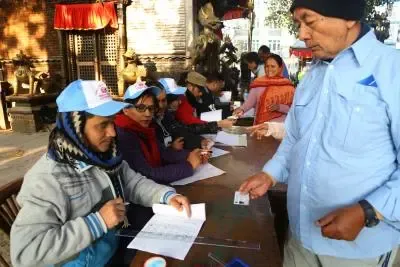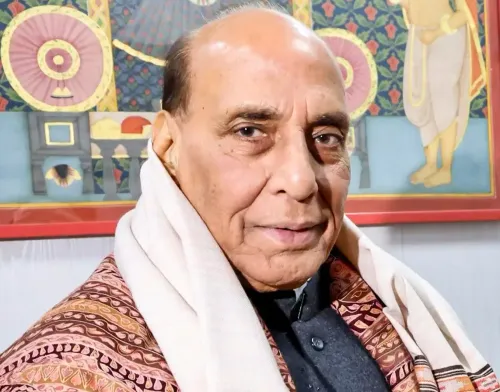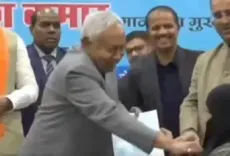How Do Living Root Bridges Pave the Way for a Sustainable Future?
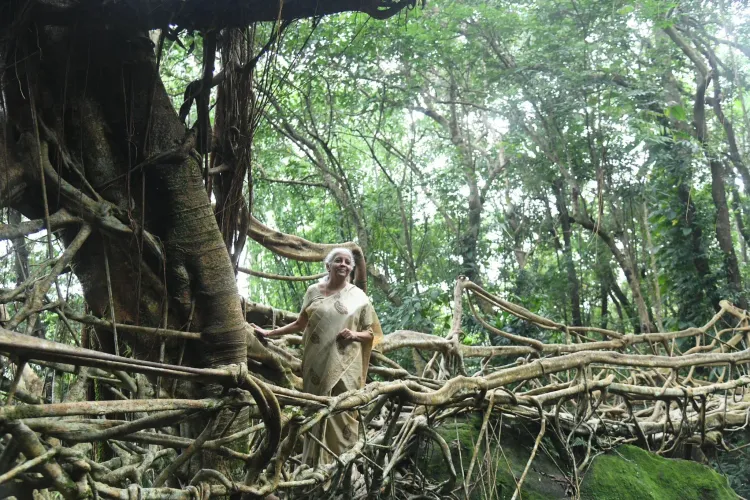
Synopsis
Key Takeaways
- Living root bridges exemplify sustainable practices.
- Recognition of indigenous wisdom is vital for global inspiration.
- The Vibrant Villages Programme aims to enhance border village development.
- Commitment to nature-based solutions is a government priority.
- Community engagement is crucial for preserving ecological heritage.
New Delhi, July 13 (NationPress) For more than a century, you have nurtured a culture that honors nature and promotes sustainable mobility—discovering innovative ways to traverse rivers while preserving the living trees, stated Union Finance Minister Nirmala Sitharaman during her visit to the renowned living root bridge located in Siej Village, East Khasi Hills district, Meghalaya.
The minister's visit aimed to engage with village elders, local leaders, and participants of the Payment for Ecosystem Services program, backed by the World Bank, KFW, and ADB.
This initiative is crucial for safeguarding ancient ecological practices upheld by indigenous communities.
Commending the community's profound bond with nature, FM Sitharaman remarked that the living root bridges of Meghalaya exemplify how traditional wisdom can yield global solutions.
“In an era where the world seeks sustainable solutions, the residents of Siej have showcased what is achievable through straightforward, nature-congruent practices,” she expressed.
She emphasized how these bridges, crafted from living roots, symbolize survival and growth without endangering the environment.
The minister also commended the community's efforts to preserve this heritage and pursue UNESCO recognition for the root bridges.
“Recognition is not for mere display, but to demonstrate to the world that you were the pioneers,” FM Sitharaman noted.
“Your practices are not only efficient; they are replicable. Global acknowledgment will serve as motivation for others,” the Union Minister added.
FM Sitharaman further expressed admiration for the village elders, particularly those who have cared for the bridges through the years.
She called their commitment inspiring and a true representation of living harmoniously with nature. FM Sitharaman remarked that the community's balance with the environment reflects Prime Minister Narendra Modi's vision of a sustainable lifestyle.
“The living root bridges of Meghalaya are tangible proof that such a vision is already being realized by our indigenous populations,” she asserted.
FM Sitharaman reiterated the government's dedication to promoting nature-based solutions and traditional ecological wisdom on international platforms.
Later, the finance minister toured Sohbar, a picturesque border village in East Khasi Hills, as part of the Vibrant Villages Programme (VVP).
She emphasized that border villages like Sohbar represent the onset of India, not its conclusion.
“These areas serve as the eyes and ears of our nation, and they warrant prioritized development,” she stated.
Sitharaman announced that the second phase of the Vibrant Villages Programme is extending to eastern border regions, including Meghalaya.
In Sohbar, she revealed four primary development focus areas—enhanced roads, digital and telecom connectivity, television coverage, and access to electricity.


